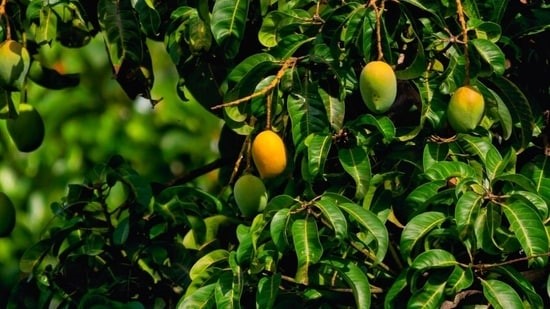Free Courses Sale ends Soon, Get It Now


Free Courses Sale ends Soon, Get It Now



Source: HindustanTimes
Disclaimer: Copyright infringement not intended.
Context
Details
Key Points
Calcium Carbide
Chemical Composition and Structure:
Production and Synthesis:
Physical Properties:
Chemical Properties:
Uses and Applications:
Considerations:
Sources:
|
PRACTICE QUESTION Q. Consider the following statements:
Which of the statements given above is/are correct? a) 1 and 2 only b) 1 and 3 only c) 2 and 3 only d) 1, 2, and 3 Answer: b) |
© 2024 iasgyan. All right reserved